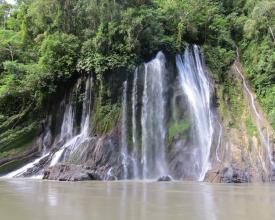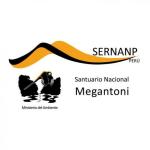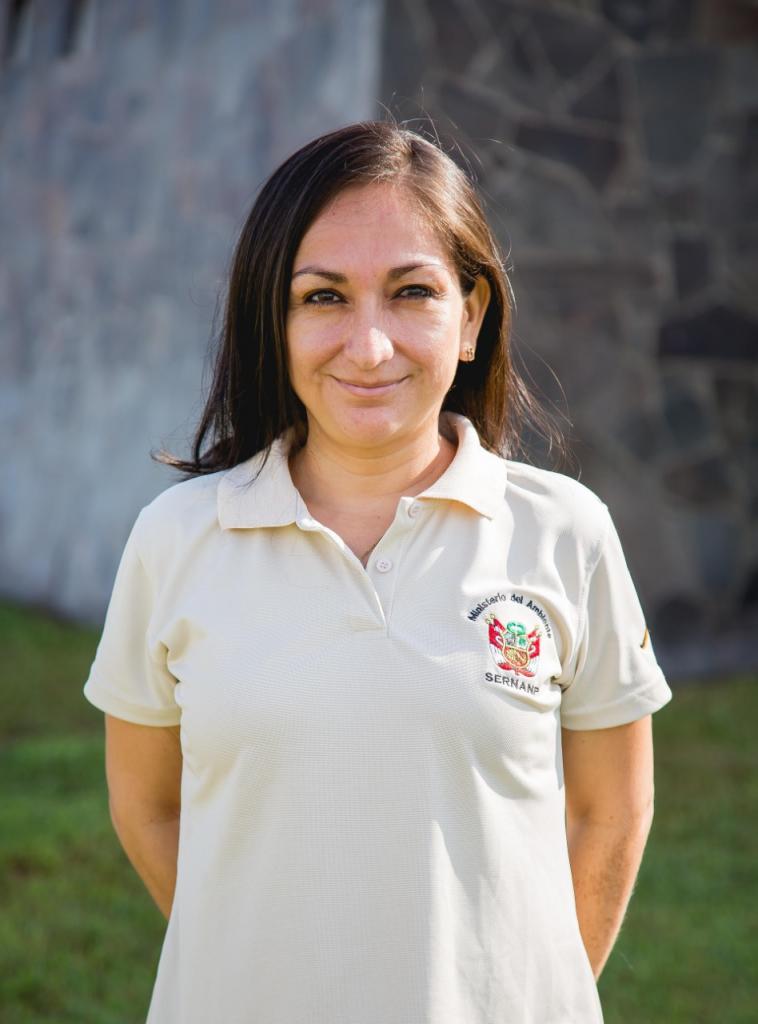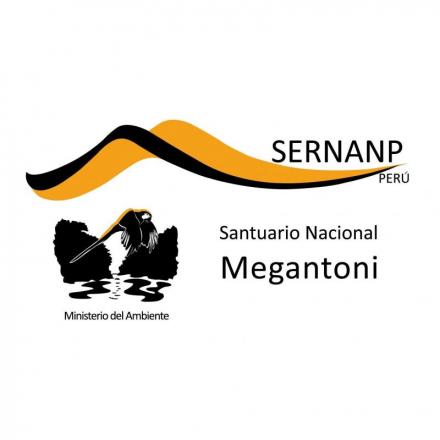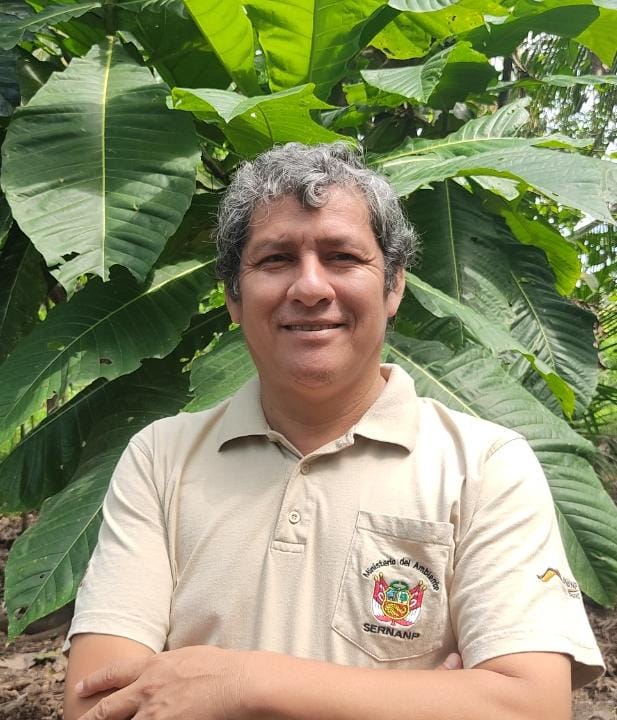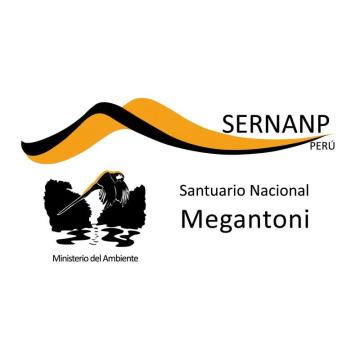
Participation of the population in the effective management of the Megantoni National Sanctuary, through conservation agreements, an effective tool for conservation.
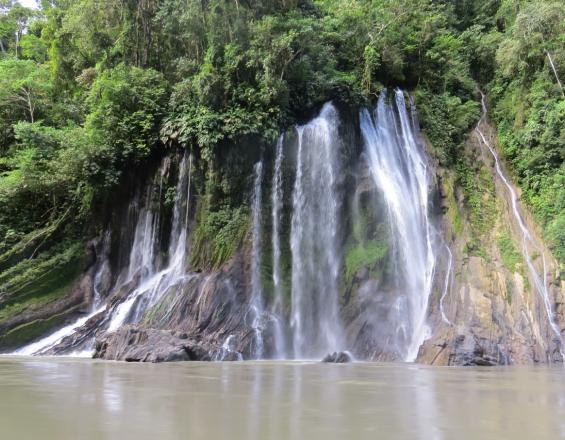
A joint working alliance between the Megantoni National Sanctuary (MNS), five associations of agricultural producers and private enterprise, based on a "win-win" strategy, provides sustainable economic opportunities for the local population living in the MNS buffer zone and contributes to the conservation of the area.
Effective management ensures that the conservation of the MNS and ecosystem services are maintained, that local populations benefit from a fair price for cocoa throughout the year through commercial agreements, and that the company acquires quality products. In addition to contributing to food security through the installation of bio-gardens in educational institutions.
All of this will encourage the surrounding population to conserve and participate in the activities of the Protected Natural Area.
Impacts
- Paradigm shift on the part of the local population, making visible the importance of biodiversity conservation and ecosystem services for their benefit (virtuous circle of conservation), also making visible the contribution of NPAs in sustainable production processes and resilient to climate change.
- Increased sense of belonging to the Megantoni National Sanctuary by the local beneficiary population.
- Active participation of the population, their organizations and private enterprise in the management of the area.
- Improve the population's quality of life and economy as a result of the sale of their agricultural products, specifically in the cacao chain.
- Institutional strengthening in the face of threats from illegal activities.
- Food security for the population through the installation of bio-gardens.

